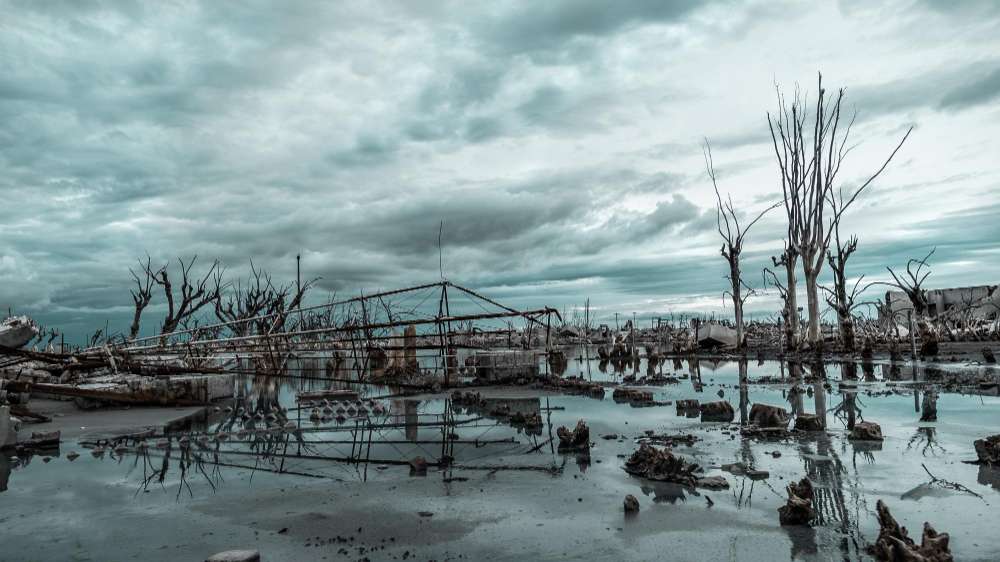Introduction
The year 2025 has turned into a wake-up call for the entire planet. From deadly floods in Asia to record-shattering heatwaves in Europe and wildfires across North America, our world is changing faster than scientists predicted. These extreme weather 2025 events are no longer rare — they’re the new normal.
Scientists say 2025 may become the hottest year ever recorded, with temperatures exceeding global averages by more than 1.5°C. The consequences are everywhere — food shortages, mass migrations, and collapsing ecosystems. But what’s truly alarming is how quickly these changes are happening.
This article explores why extreme weather 2025 events have become so frequent and devastating in 2025, what’s causing these dramatic shifts, and what the future could look like if we continue on this path.
Table of Contents

1. The Alarming Data of 2025
According to NASA and the World Meteorological Organization (WMO), 2025 has already surpassed previous years in terms of global temperature rise. The average global temperature this year is about 1.58°C higher than pre-industrial levels — a clear signal that the planet is heating beyond safe limits.
- Europe: France, Spain, and Italy recorded temperatures above 47°C, breaking all previous records.
- Asia: Pakistan, India, and China witnessed super floods displacing millions of people.
- North America: Wildfires and droughts caused billions of dollars in damage.
Satellite data also shows that Antarctica’s ice sheets have shrunk to historic lows. The Arctic sea ice, which reflects sunlight and cools the planet, is disappearing faster than ever.
These numbers prove one thing — we’re living in a climate emergency. The planet isn’t just getting warmer; it’s entering a stage of climate instability that will impact every region differently.
2. What’s Causing These Extreme Weather 2025 Events?
The main culprit behind this climate chaos is global warming caused by human activity — especially the burning of fossil fuels like coal, oil, and gas. These activities release greenhouse gases (GHGs) such as carbon dioxide (CO₂) and methane (CH₄), trapping heat in Earth’s atmosphere.
Here’s how this leads to disaster:
- Hotter Atmosphere = More Energy
Warm air holds more moisture, leading to heavier rainfall and severe storms. - Ocean Heating = Stronger Cyclones
Rising sea temperatures fuel more intense hurricanes and typhoons. - Melting Ice = Rising Sea Levels
Coastal cities like Karachi, Bangkok, and Miami are under threat of frequent flooding. - Jet Stream Disruption
The polar jet stream — which controls weather patterns — is weakening, causing prolonged droughts and unseasonal rains.
Scientists also warn that natural events like El Niño in 2025 are amplifying these human-caused effects, creating a “double punch” for global weather systems.
3. Regions Hit the Hardest in 2025
- South Asia:
Pakistan, Bangladesh, and India faced catastrophic floods. Karachi and Dhaka experienced rainfall levels unseen in decades. Crops and infrastructure were destroyed, displacing over 10 million people. - Europe:
Unbearable heatwaves hit Spain and Italy, leading to thousands of heat-related deaths. Forests burned across Greece and France, causing major environmental loss. - North America:
The United States and Canada saw record wildfires and droughts, especially in California and Alberta. The Mississippi River’s water level hit a dangerous low. - Africa:
Extreme droughts in East Africa led to severe famine conditions. Ethiopia and Kenya reported widespread crop failure. - Australia:
Massive wildfires returned after years of recovery, fueled by prolonged dry spells.
Every continent has felt the sting of climate change in 2025 — proving it’s no longer a distant issue, but a present crisis.
4. Human and Economic Impact
The economic cost of 2025’s extreme weather 2025 is staggering — estimated at over $400 billion globally. Agriculture, tourism, and infrastructure have taken the hardest hits.
Beyond money, the human suffering is immense:
- Over 60 million people displaced by floods and fires.
- Food prices have skyrocketed due to droughts.
- Health risks from heat strokes and respiratory issues are at record levels.
Experts say these impacts could push millions below the poverty line, especially in developing countries.
5. What Can Be Done to Prevent Worse Outcomes?
Even though the situation is critical, it’s not hopeless. Here’s what experts recommend:
- Cut Carbon Emissions Fast
Shift toward renewable energy — solar, wind, and hydro — and reduce dependence on coal and oil. - Invest in Climate-Resilient Infrastructure
Build flood defenses, heat-resistant roads, and smart irrigation systems. - Global Cooperation
Climate doesn’t respect borders. Countries must work together under global agreements like the Paris Accord. - Educate and Involve Communities
Local awareness and sustainable living can play a massive role in reducing vulnerability. - Reforestation and Ocean Protection
Trees and oceans absorb carbon — restoring them can buy us precious time.
The key lies in acting collectively and urgently. Delay now means disaster later.
6. What the Future Could Look Like
If global emissions continue at the current pace, scientists warn that by 2035, we could cross 2°C of warming — a tipping point where the damage becomes irreversible.
By then, megacities could face regular flooding, food systems might collapse, and heatwaves could make parts of the planet uninhabitable. However, if countries accelerate clean energy adoption and commit to carbon neutrality, the worst can still be avoided.
2025 is a warning. What we do in the next five years will decide humanity’s fate for the next century.
Conclusion
The extreme weather events 2025 are not random — they are the direct result of decades of human negligence toward the environment. From unstoppable floods to relentless heatwaves, nature is signaling that time is running out.
If there’s one lesson this year has taught us, it’s that climate change is no longer a future threat — it’s our present reality. The disasters we see today are only a glimpse of what’s coming if we fail to act decisively.
But hope still exists. The technology to reverse damage, the awareness to drive change, and the global will to act are all within our reach. Every step — from reducing carbon footprints to supporting clean energy — can make a real difference.
2025 might be remembered as the year when the planet broke all climate records, but it can also be the year when humanity finally took action. The question is — will we choose change before nature forces it upon us?
For more updates on global environmental issues and future climate predictions, stay tuned to our News section.




